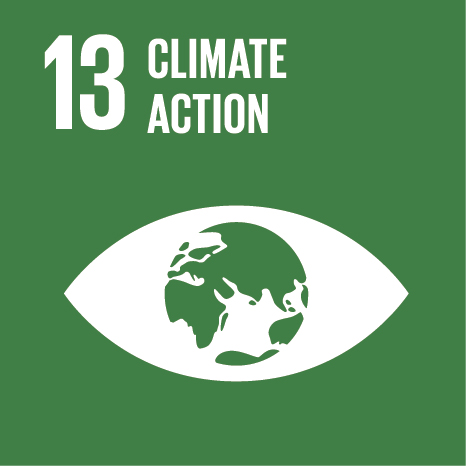Ciência_Iscte
Publications
Publication Detailed Description
Journal Title
Landscape and Urban Planning
Year (definitive publication)
2021
Language
English
Country
Netherlands
More Information
Web of Science®
Scopus
Google Scholar
This publication is not indexed in Overton
Abstract
Past research has described positive associations between exposure to urban greenspaces and people's physical activity. However, there is variation in the relationship since it may differ according to the type of physical activity, socio-economic factors and use, as well as intrinsic characteristics of greenspaces. This study assesses the influence of urban greenspaces on distinct types of physical activity accounting for indicators such as vegetation quantity, tree cover density and green surface. The study combines data of a survey across Spain (n = 2063) with data derived from satellite imagery – including normalized difference vegetation indexes (NDVI), tree cover density and land-use cover data. A generalized linear mixed model was used to evaluate the association between urban greenspaces and physical activity as well as to evaluate the effect of main socio-economic determinants. After adjustment for potential confounders, greater availability in greenspace was found to be related with decreased sedentary time and increased walking. Besides exposure to urban greenspaces, physical activity was found to be associated with household income, pro-environmental attitudes, lifestyles and eating habits. The results also showed that exposure to greenspaces in rural areas had considerably weaker effect than in urban areas. The results suggest that efforts should be made to provide access to new greenspaces where possible, in order to foster walking and improve population health.
Acknowledgements
--
Keywords
Greenspace,Health,NDVI,Physical activity,Sedentary behaviour
Fields of Science and Technology Classification
- Earth and related Environmental Sciences - Natural Sciences
- Biological Sciences - Natural Sciences
- Social and Economic Geography - Social Sciences
Funding Records
| Funding Reference | Funding Entity |
|---|---|
| 667364-2 | Comissão Europeia |
| UIDB/03125/2020 | Fundação para a Ciência e a Tecnologia |
Contributions to the Sustainable Development Goals of the United Nations
With the objective to increase the research activity directed towards the achievement of the United Nations 2030 Sustainable Development Goals, the possibility of associating scientific publications with the Sustainable Development Goals is now available in Ciência_Iscte. These are the Sustainable Development Goals identified by the author(s) for this publication. For more detailed information on the Sustainable Development Goals, click here.

 Português
Português




